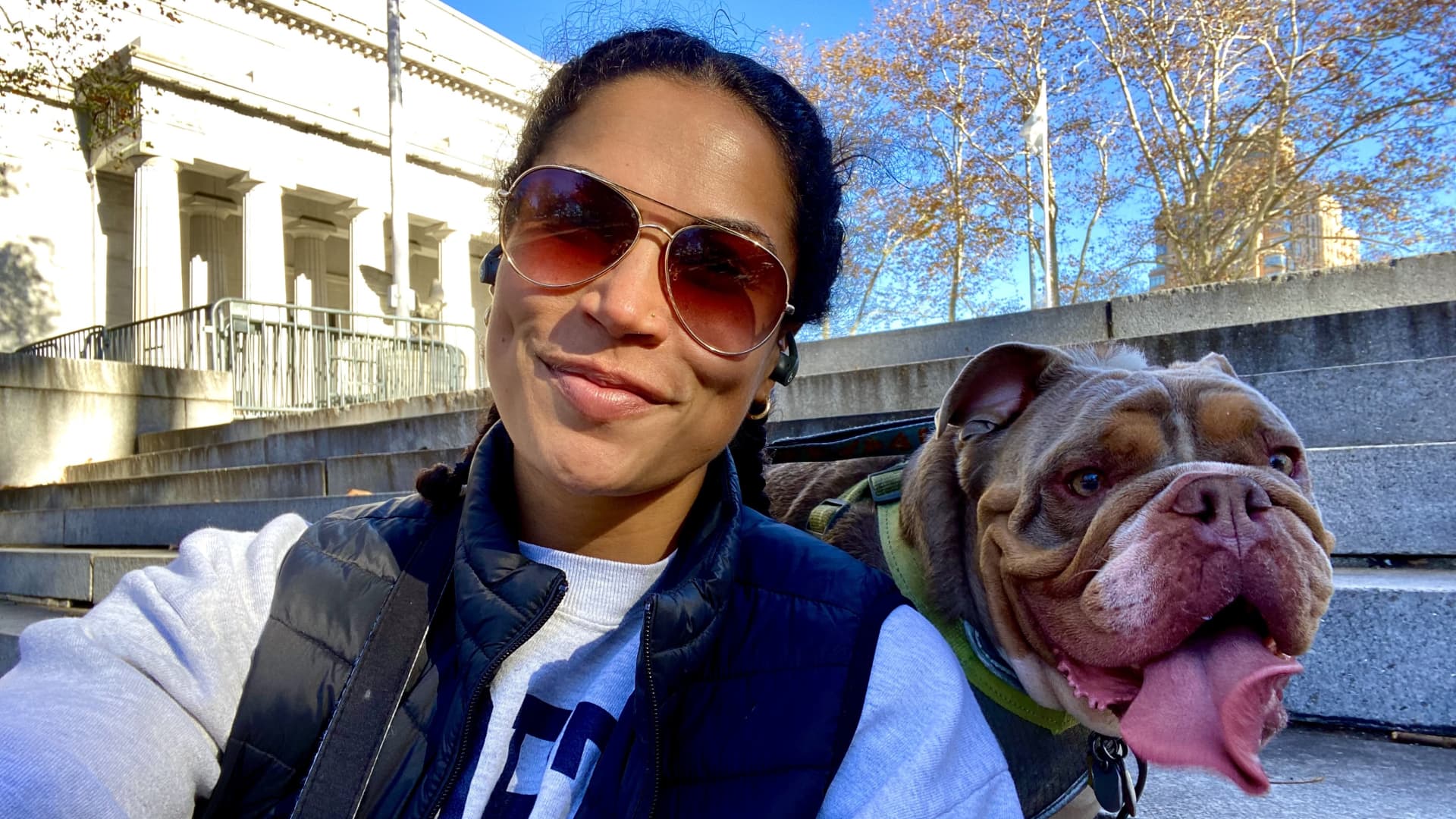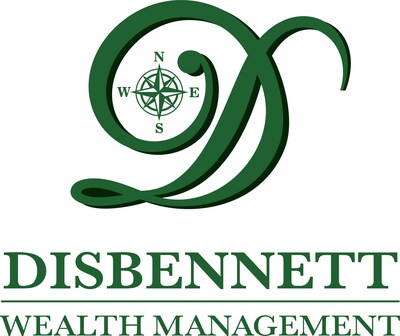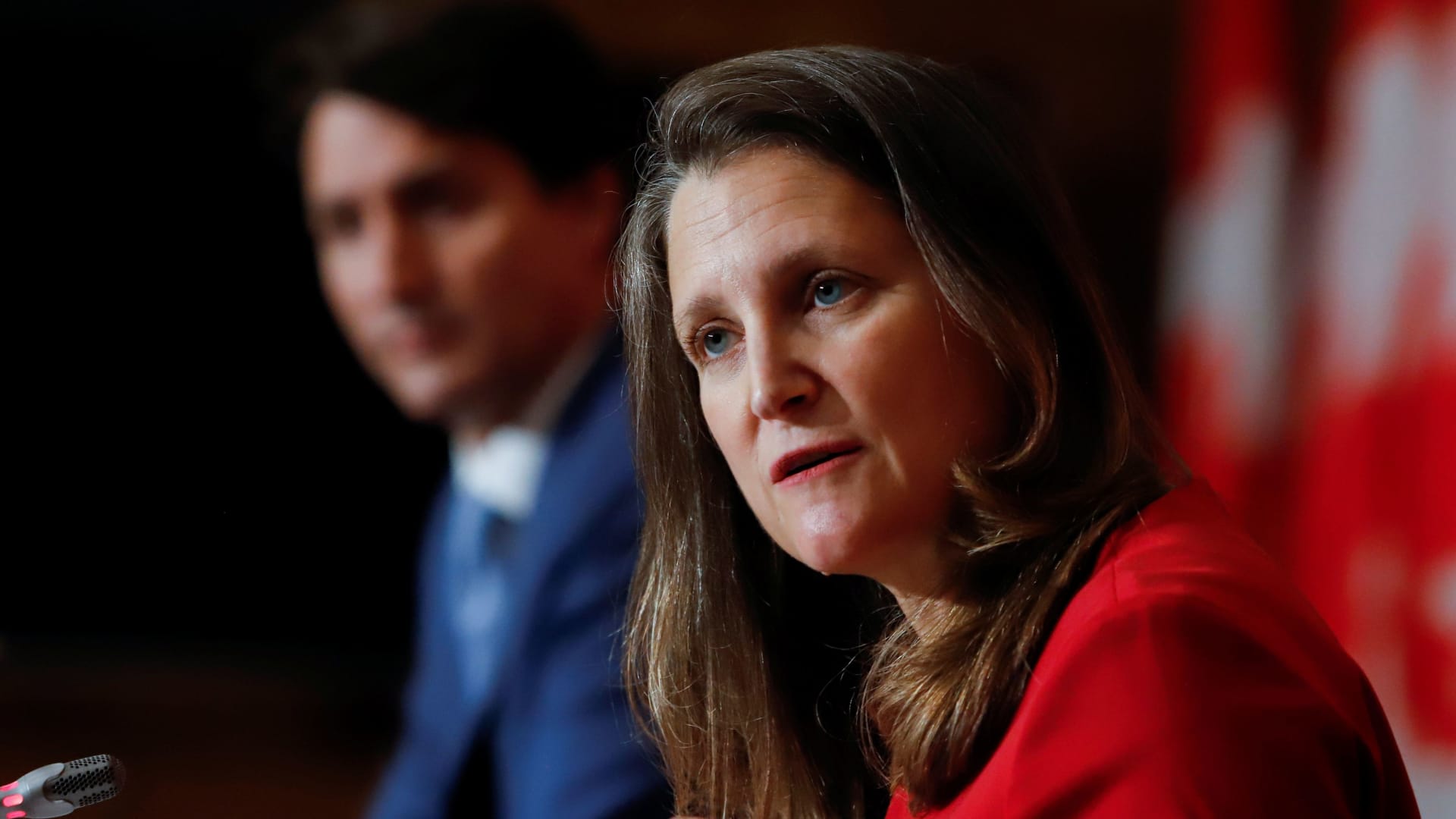- Research Needed for BNPL’s Impact on Financial Health
- Treasury AI report seeks to mitigate risks in financial services sector
- Expert predictions for wealthtech and financial planning in 2025
- KBRA Releases Research – 2025 European Project Finance and Infrastructure Sector Outlook: Resilient Amid Headwinds
- Warning about alarming trend not seen since the financial crisis
Whether it’s for an article on topics like how to deal with your student loans or a personal question like whether continuing to have pet insurance is worth it, I’m constantly thinking about money.
You are viewing: 3 tools I use to manage my money as a personal finance reporter
When it comes to actually managing my money, I do my best to take the advice my colleagues and I gather from a variety of experts and folks who’ve successfully accomplished goals like paying off debt and retiring early, but I’m far from perfect.
One of my favorite pieces of advice we’ve shared on CNBC Make It, though, is that you don’t need to follow a strict budget.
“Research shows in budgeting, and we see the same thing with a much broader body of research in dieting, that that kind of restriction doesn’t work,” Dana Miranda, a certified personal finance educator, told Make It earlier this year.
This validates my personal aversion to tracking every dollar and reminds me that money is supposed to let you have fun and live well — as long as you’re doing so within reason.
See more : Five top tips if you retire in 2025
As such, I use three main tools to keep an eye on my spending and work toward my financial goals. They help me stress less and feel empowered to make my day-to-day financial decisions.
1. A calendar
While I don’t set and stick to a strict monthly budget, I do try to set myself up for success ahead of each month by filling out a money calendar. I use Google Drawings to do this digitally, but ultimately it is a version of a pen and paper spending plan.
Each month I copy over my routine expenses and automatic payments like my student loan payment and streaming subscriptions. Then as costs for things like social events or home supplies come up, I add them into the calendar so I have a general idea of how much money I need or want to spend each week. I set weekly goals for how much money I want to have left over at the end of each weekend and try to adjust my spending decisions accordingly.
For example, if I know I’m going out to dinner with a friend one week, I’ll mark that on the calendar and aim to avoid other takeout or non-grocery food purchases that week to save my cash for the social outing. Planning this way helps keep my careful and carefree spending in balance.
2. Spending ‘buckets’
In 2023, my primary bank, Ally, introduced a feature called “buckets” in its app for savings and checking accounts. The feature functions like virtual envelopes to help you earmark money for certain goals.
This year, I started using the spending buckets feature in my checking account to keep even better track of my money in tandem with my calendar. When my paycheck hits my account, I start shuffling money around to various buckets: debt payments, insurance premiums, beauty treatments and more.
When transactions hit my account, I can direct them to come out of the corresponding buckets. It’s a pretty simple way to see where my money needs to go and how much I have left for spontaneous or more nebulous spending categories like groceries and clothes.
3. Sinking funds
See more : Polkadot Price Analysis: Will DOT Reach the $10 Milestone?
As with in my checking account, I use the buckets feature on my savings account when I’m planning more than a month or so in advance for bigger-ticket costs. When I have a trip coming up or an annual expense like my dog’s check-up at the vet, I make a bucket in my savings account for that purpose and it functions as my sinking fund.
At any given time, I may have two or three sinking funds going toward different goals. From November through December, for example, I was planning a trip to Puerto Rico and setting aside money to buy Christmas presents for my family.
Full transparency: I don’t always hit the full amount I need before I have to make the purchase. But having as much money as possible set aside for a specific goal helps me avoid pulling money from another source like my emergency fund or taking on more credit card debt.
Want to make extra money outside of your day job? Sign up for CNBC’s online course How to Earn Passive Income Online to learn about common passive income streams, tips to get started and real-life success stories.
Plus, sign up for CNBC Make It’s newsletter to get tips and tricks for success at work, with money and in life.
Source link https://www.cnbc.com/2024/12/31/money-tools-i-use-as-a-personal-finance-reporter.html
Source: https://summacumlaude.site
Category: News







